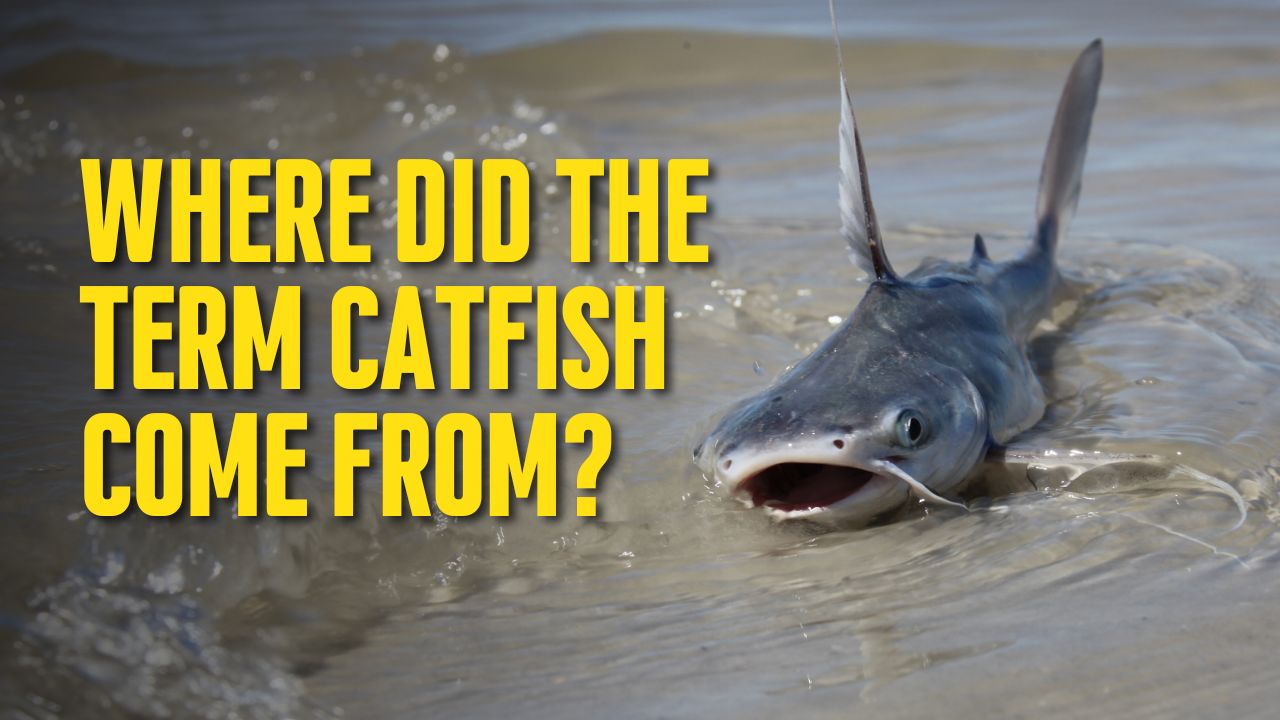The term “catfish” has become a ubiquitous part of our modern language, not only referring to a diverse species of aquatic creatures but also to a phenomenon that has taken root in the world of online dating and social interactions. But have you ever wondered where did the term Catfish come from?
The term “catfish” has evolved from its aquatic origins to symbolize online deception in the digital age. Beginning as a reference to diverse freshwater fish, the term transitioned to idiomatic expressions describing trickery. With the advent of the internet, “catfishing” emerged as individuals created fake online identities for deception. This term now resonates in popular culture, emphasizing caution and empathy in digital interactions. This journey showcases the dynamic nature of language, connecting nature, culture, and technology.

From Waterways to the Web: The Intriguing Evolution of “Catfish”
Language is a living entity, shaped by the cultures, experiences, and interactions of the people who use it. The term “catfish” is a prime example of how language can evolve and adapt to new contexts. From its humble beginnings in aquatic ecosystems to its current status as a symbol of online deception, the journey of “catfish” offers a unique lens through which we can explore the intricacies of human communication.
The Aquatic Origins
Diverse Catfish Species: A Natural Melting Pot
Before it was associated with the digital realm, “catfish” primarily referred to a vast and diverse group of freshwater fish belonging to the family Siluridae. Found in various water bodies around the world, catfish species vary greatly in size, appearance, and behavior. Their existence in a multitude of habitats mirrors the diversity inherent in natural ecosystems.
Naming the Aquatic Catfish: A Reflection of Nature’s Diversity
The term “catfish” itself is believed to have originated from the Old English word “cate,” meaning “cat,” and “fysshe,” meaning “fish.” This name likely came about due to the fish’s prominent barbels that resemble a cat’s whiskers. Over time, the word underwent various linguistic shifts, adapting to different languages and cultures while still retaining its association with the fish’s unique features.
The Linguistic Transition
Fish Out of Water: The Term “Catfish” Enters Vernacular
As language evolves, words take on new meanings and connotations. In the early 20th century, the term “catfish” began to appear in idiomatic expressions, often describing situations where someone was deceived or tricked. This transition from a literal reference to the fish to a symbolic representation of deception marked the first step in the term’s journey into the realm of human interactions and communication.
From Waterways to Idioms: The Symbolic Meanings of “Catfish”
The transition from aquatic creature to metaphorical symbol reflects the adaptability of language. Just as catfish navigate various water bodies, the term’s linguistic journey found it swimming through the currents of idiomatic expressions, often used to describe instances of false appearances and hidden intentions.
The Digital Age Phenomenon
The Emergence of Online Deception
The term “catfish” took an unexpected turn with the rise of the digital age. As online platforms became commonplace, individuals began to create fake identities to engage with others for various purposes, often involving deception. These individuals were colloquially referred to as “catfish,” aligning with the concept of hiding one’s true identity behind a facade.
“Catfishing”: Unraveling the Online Identity Puzzle
The term “catfishing” quickly gained traction, becoming synonymous with online deception. “Catfishers” craft elaborate personas, manipulate images, and spin captivating narratives to lure unsuspecting individuals into relationships or interactions based on falsehoods. The parallels between this behavior and the elusive nature of the aquatic catfish are evident, showcasing the way language draws connections between seemingly disparate concepts.
Cultural Significance and Beyond
“Catfish” in Popular Culture
The concept of “catfishing” seeped into popular culture, inspiring documentaries, television shows, and even a TV series aptly named “Catfish: The TV Show.” These adaptations explored the emotional complexities of individuals deceived by online identities, highlighting the very real consequences of such actions.
Empathy and Caution: Lessons from the Catfish Phenomenon
The “catfish” phenomenon served as a cautionary tale, reminding people of the importance of skepticism and critical thinking in the digital realm. It also prompted discussions about empathy, as stories of individuals deceived by catfishers shed light on the vulnerability and emotional impact of online interactions.
The Intricacies of Modern Language
Language Evolution and the Internet’s Influence
The evolution of “catfish” from a fish to an idiom to an online deception term underscores the dynamic nature of language. The advent of the internet and social media has accelerated this evolution, demonstrating language’s adaptability to new communication landscapes.
From Aquatic Creatures to Online Deception: An Unprecedented Journey
The journey of “catfish” serves as a testament to the profound influence of technology on language. The way the term seamlessly transitioned from its aquatic origins to the digital age demonstrates language’s ability to connect diverse concepts and experiences across time and space.
Final Thoughts:
A Tapestry of Language: The Enduring Journey of “Catfish”
The term “catfish” encapsulates the intricate web of language’s evolution, weaving together the natural world, human interactions, and the digital era. From its early associations with aquatic creatures to its symbolic representation of deception, “catfish” offers a unique lens through which we can understand the flexibility and adaptability of language.
